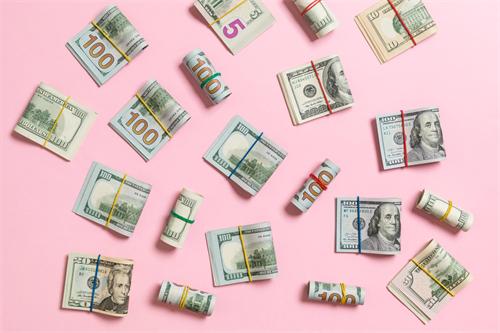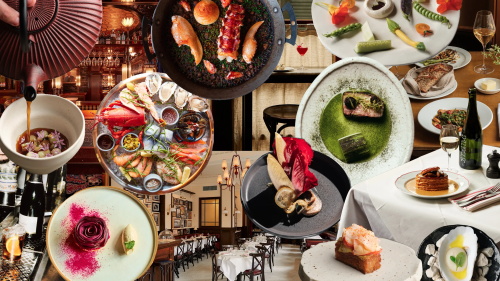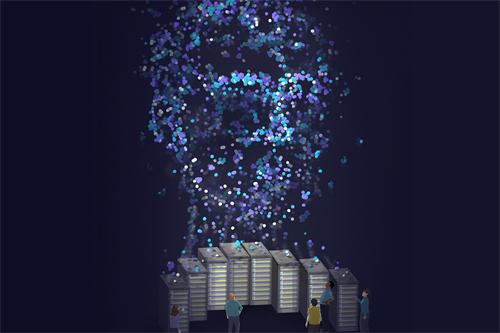How the 'No Spend Challenge' Became a Global Anti-Consumerism Movement

In an era dominated by a “buy, buy, buy” mentality, saying no to consumption can feel like a small act of rebellion.
Where we once spent money based on necessity, we now consume based on desire. As material abundance becomes the norm, our relationship with consumption has shifted dramatically—especially among younger generations. Raised in a world saturated with advertising and social media, many have come to associate shopping with happiness. Consumption no longer merely fulfills needs—it communicates identity, signals status, and helps regulate emotions.
Scroll through social media and you’re met with an endless stream of consumer cues: influencer outfit hauls, flash sales, celebrity-endorsed products—all subtly whispering, “If you don’t buy this, you’re falling behind.” This constant bombardment fuels a quiet but persistent anxiety: the fear of being out of step, outdated, or missing out.
Yet amid this noise, a quiet resistance is spreading—what’s become known as the No Spend Challenge.
What Is the "No Spend Challenge"?
At its core, the No Spend Challenge is a conscious experiment in restraint: participants commit to not buying any non-essential items for a set period—often a month, several months, or even an entire year. Essentials like food, rent, and transportation are allowed, but everything else—clothes, gadgets, beauty products, home décor—is off the table.
There are also variations. “Project Pan,” for example, encourages people to use up all their existing beauty and cleaning products before buying more, reducing waste and redundancy. Others turn to “use what you have” strategies to give new life to forgotten or neglected items at home.
What seems like a simple spending freeze often reveals something deeper: a collective psychological shift away from the belief that consumption equals happiness. Instead, people begin to ask a more profound question—What do I actually need?
Hayley Evans: From Overspending to Opting Out
In 2019, American YouTuber Hayley Evans uploaded a video describing how she fell into a toxic loop of “work-spend-debt,” driven by the convenience of digital payments and algorithmic advertising. Surrounded by things but weighed down by credit card debt and anxiety, she launched a radical personal project: a “No Buy Year.”
It wasn’t easy, but she stuck with it. Over time, she noticed less anxiety, reduced dependence on material things, and a more intentional daily rhythm. Her journey resonated with thousands and inspired many to reflect on their own habits.
According to The Wall Street Journal, searches for “No Buy Challenge” surged by 40% in 2023, hitting record highs. Once a niche practice among minimalists, the movement is fast becoming a global cultural shift.
Consumer Fatigue and Cultural Mood: The Rise of Anti-Consumerism
Economic uncertainty has also propelled this movement. In an age of inflation, stagnating growth, and rising job insecurity, many have come to see consumerism not as liberation, but as a new kind of burden.
Gen Z is leading the charge. Tired of brand hype, social media vanity, and the constant push to upgrade, they’re opting out. They’re savvy, budget-conscious, and increasingly focused on sustainability—rejecting excess and minimizing their carbon footprints. For many, a “low-desire lifestyle” is not deprivation but a conscious, empowering choice.
The No Spend Challenge is not just about saving money—it’s a form of emotional expression, a declaration of intent. It’s a way of saying: I won’t pay for manufactured desires. I want to make choices based on my true needs, not social pressure.
But Is It for Everyone?
While the challenge sounds empowering—and often is—it’s not without its downsides.
Suppressing shopping urges too rigidly can backfire. Some participants report heightened sensitivity to consumption or “revenge spending” once the challenge ends. Focusing solely on restraint may also overlook other important human needs—like joy, social connection, and emotional comfort—potentially impacting mental health.
That’s why the No Spend Challenge is best seen not as a strict doctrine, but as an opportunity for recalibration. It’s not about never buying anything again, but about learning to pause and ask: Do I really need this? Will it bring joy, or stress? Is this my decision—or someone else’s idea of what I should want?
From Challenge to Lifestyle
Ultimately, the value of the challenge isn’t measured in dollars saved, but in the sense of control regained. It offers a powerful reminder that fulfillment doesn’t always come from acquiring more—sometimes it comes from letting go.
The No Spend Challenge is both a personal practice and a quiet cultural awakening. In a world driven by algorithms and consumerism, choosing to spend thoughtfully—and live slowly—is a gentle but powerful form of resistance.
And that, perhaps, is the deeper significance of this growing global movement.



